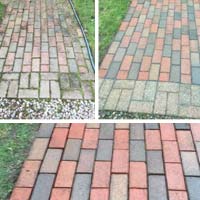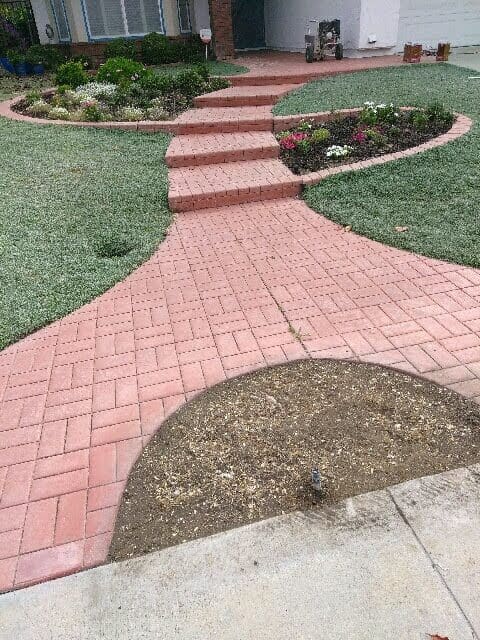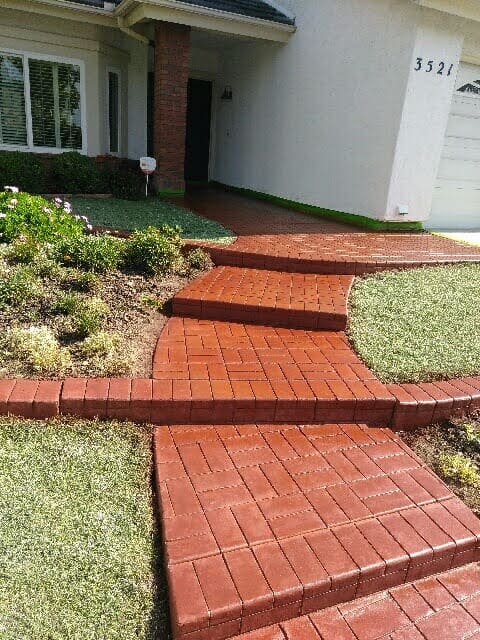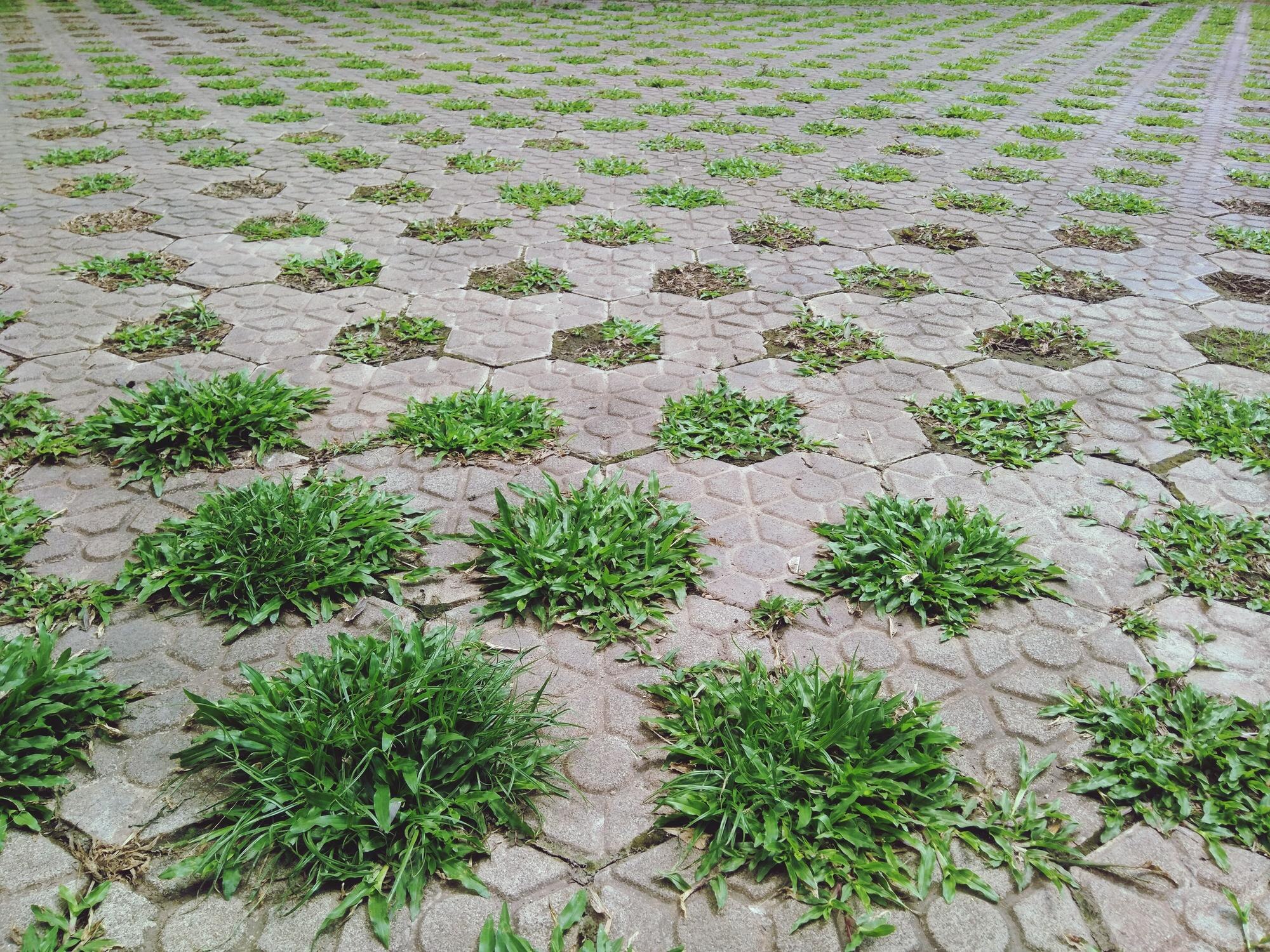How to Protect and Restore Pavers in Different Seasons
Protecting your pavers year-round ensures they remain durable and beautiful despite harsh weather conditions. At California Clean and Seal, we specialize in helping homeowners maintain pristine outdoor surfaces.
1. Seal Pavers for Longevity
Sealing your pavers is one of the most effective methods to protect them. It keeps out moisture and dirt, prevents stains, and shields against UV rays. For best results, we recommend sealing every 2–3 years.
2. Keep Up with Regular Maintenance
Sweep away debris frequently. If staining occurs, use a gentle detergent and a soft-bristled brush. Regular maintenance helps preserve the natural look and structure of your pavers.
3. Prevent Frost and Ice Damage
In cold climates, cracks from frost can damage pavers. Apply sealants or sand-and-salt mixes in the joints to insulate the surface and prevent expansion during freezes. Avoid using salt as a de-icer—it can break down the material over time.
4. Protect from Snow and Harsh Winter Conditions
Using a tarp or heavy-duty plastic sheet to cover your pavers in snowy regions is a simple yet effective way to prevent them from being buried and damaged during winter storms.
5. Schedule Seasonal Inspections
Assess your pavers before and after each season. Look for signs of shifting, moss growth, or water pooling. Make timely repairs to prevent long-term damage and ensure proper drainage.
Visual Case Study

Paver Maintenance Checklist
- Seal pavers annually to prevent damage from weather and wear.
- Clear leaves and debris during fall clean-up to avoid staining.
- Cut back surrounding vegetation to reduce moss buildup.
- Replace joint sand in early spring or before winter.
- Add polymeric sand to stabilize joints and improve drainage.
- Seal again after joint stabilization to lock in protection.
- Clear out any drainage issues to prevent calcium deposits.
Consult the Experts
Not sure where to start? Request a free estimate from California Clean and Seal. Our team will evaluate your pavers and recommend the best solution for your property.
Explore more about our paver services or submit a request today.







